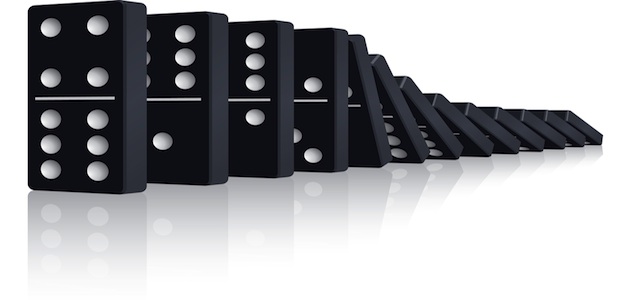Adjustable-rate mortgages are gaining in popularity with interest rates on 30-year, fixed-rate mortgages trending higher these days.
According to Freddie Mac’s 30th annual ARM Survey, ARM initial-period rates have increased since last year, but still remain near historic lows.
"Homebuyers have preferred fixed-rate mortgages the past few years because of the low interest rates and the certainty of the monthly principal and interest payment," said Frank Nothaft, vice president and chief economist with Freddie Mac.
"As longer-term rates rise, ARMs with their lower initial interest rates will become more appealing to loan applicants. Hybrid ARMs are particularly attractive because they have an initial extended fixed-rate period of 3 to 10 years," he added.
The initial rate on a one-year, Treasury-indexed ARM was unchanged while initial-period rates on hybrid ARMs increased compared to last year with the largest rate increases for hybrids with longer initial fixed-rate periods, such as the 7/1 and 10/1, which rose by 0.71 and 0.76 percentage points, respectively.
"This pattern largely reflects term structure movements in the rest of the capital markets and the Federal Reserve’s monetary policy, which has kept the federal funds rate and other short-term interest rates exceptionally low while allowing a rise in medium- and longer-term interest rates from last year," the report said.
Hybrid ARMs continued to be the most popular loan product offered by lenders and chosen by ARM borrowers.
"Borrowers who have taken out ARMs generally prefer hybrids, because these products include an extended initial period where the interest rate is fixed. During 2013, ARMs comprised one-in-ten new home-purchase loans, according to the Federal Housing Finance Agency,” Nothaft said.
"We are expecting ARMs to gradually gain back some favor with mortgage borrowers, with the ARM share rising to 12 percent of the home-purchase market in 2014,” Nothaft added.
To put it into perspective, in early January 2014, the interest rate savings for the 5/1 hybrid ARM with a 30-year term compared to the 30-year fixed-rate mortgage amounted to about 1.36 percentage points.
Freddie Mac surveyed 106 ARM lenders, and of those surveyed, 84 offered Treasury-indexed ARMs and 22 London Interbank Offered Rate-indexed ARMS.
Among those, large, national lenders were more likely to offer LIBOR-based ARMs. Even though fewer lenders offer it overall, the LIBOR-based product accounted for more than one-half of ARM originations.
According to the report, LIBOR-indexed ARMs generally had a lower margin (about 0.5 percentage points lower) than Treasury-indexed ARMs, a similar initial interest rate, but a higher index rate (about 0.5 percentage points higher).





